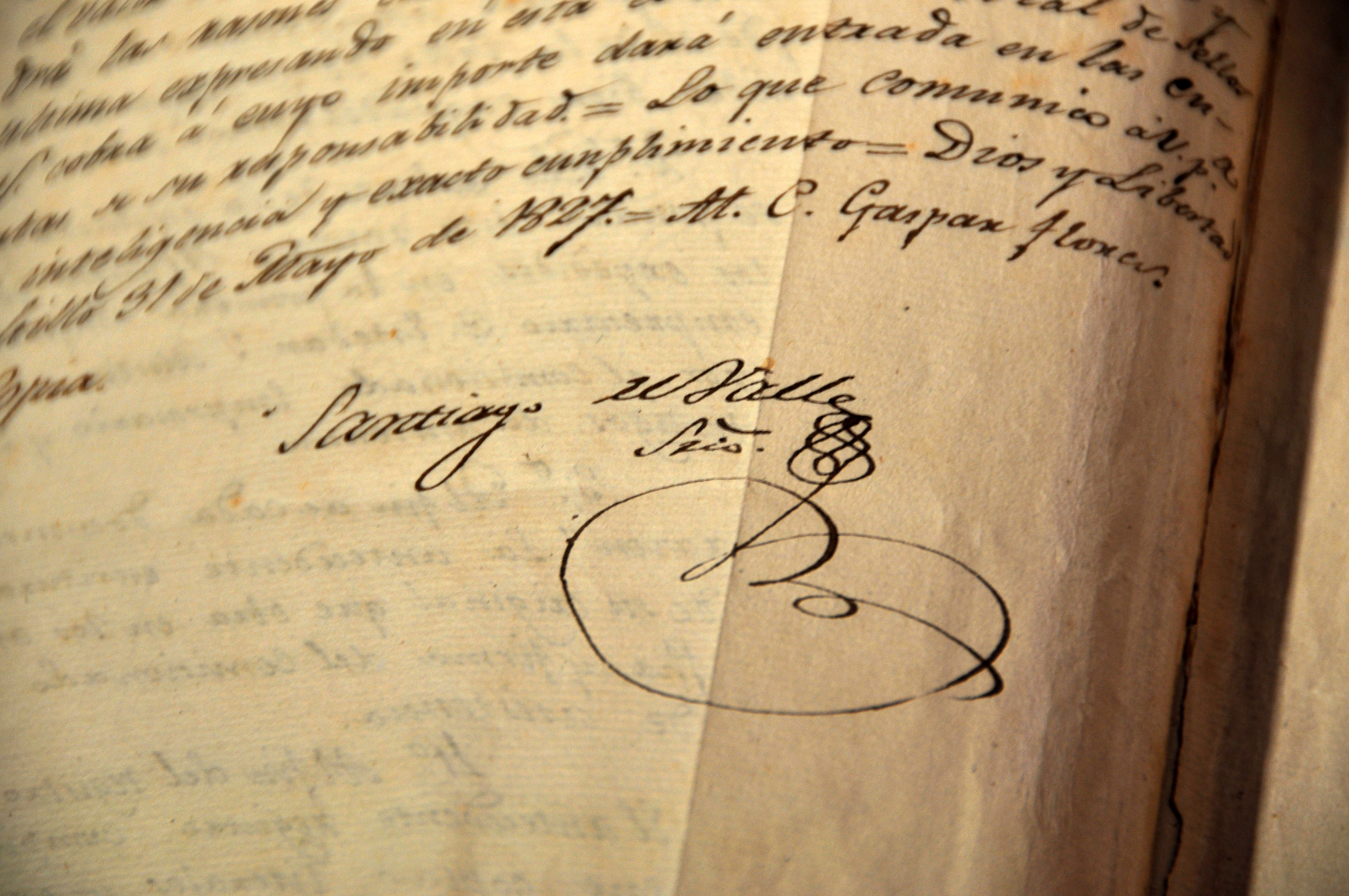County/Region:
Galveston
Project Partner/Recipient:
Galveston Bay Foundation
Summary:
The Galveston Bay Foundation refined the Boater Waste Education Campaign based on lessons learned from stakeholder feedback, previous water quality sample results and Dockwalker survey data.
County/Region:
Galveston
Project Partner/Recipient:
Galveston Bay Foundation
Summary:
The Galveston Bay Foundation (GBF) continued the Boater Waste Education Campaign (BWEC).
County/Region:
Galveston
Project Partner/Recipient:
Galveston Bay Foundation
Summary:
The Galveston Bay Foundation refined the Boater Waste Education Campaign based on lessons learned from stakeholder feedback, previous water quality sample results and Dockwalker survey data.
County/Region:
Cameron
Project Partner/Recipient:
Cameron County
Summary:
Cameron County purchased new equipment to clean Boca Chica on a regular basis, three or more times a week.
County/Region:
Coastwide
Project Partner/Recipient:
Texas General Land Office
Summary:
This BOEM funded study took inventory of multi-use conflicts from hazards, infrastructure, environmental, and cultural resources to develop a framework or tool to help guide multi-use conflict in the offshore state waters and OCS.
County/Region:
Lower Coast
Project Partner/Recipient:
Texas General Land Office
Summary:
Geophysical Survey offshore Texas in the Lower OCS in BOEM-owned submerged land tracts that coincide with the GLO Region 4 TCRMP submerged offshore lands.
County/Region:
Upper Coast
Project Partner/Recipient:
Texas General Land Office
Summary:
This project conducted a geotechnical survey of the Upper Texas OCS that coincides with the Region 1 GLO Geotechnical Survey but occurs in BOEM-owned submerged land tracts.
County/Region:
Calhoun
Project Partner/Recipient:
Calhoun County
Summary:
Calhoun County protected the natural environment and enhanced public access to Boggy Bayou Nature Park in Port O'Connor, TX.
County/Region:
Calhoun
Project Partner/Recipient:
Calhoun County
Summary:
Calhoun County added bollards around the park to prevent future habitat destruction and installed a roof over a portion of the boardwalk.
County/Region:
Calhoun
Project Partner/Recipient:
Calhoun County
Summary:
This project was Phase 2 of an ongoing study being conducted to reduce and mitigate for the observed erosion at Boggy Bayou and will include development of all the necessary bid package components.
County/Region:
Matagorda
Project Partner/Recipient:
Matagorda Bay Foundation
Summary:
This project constructed an approximate 4-mile living shoreline breakwater at Boggy Cut along the GIWW.
County/Region:
Calhoun
Project Partner/Recipient:
Calhoun County Precinct #4
Summary:
This project is Phase 1 of building shoreline protection at Boggy Nature Park and will include data collection, coastal engineering analysis, and alternatives development and analysis.
County/Region:
Harris
Project Partner/Recipient:
Galveston County
Summary:
Galveston County designed and completed the permitting for several amenities at a Bolivar Beach Park.
County/Region:
Galveston
Project Partner/Recipient:
Galveston County
Summary:
Galveston County will construct several amenities at a Bolivar Beach Park.
County/Region:
Galveston
Project Partner/Recipient:
Galveston County
Summary:
This two-phase project finalized the engineering and design and construction of an approximately 3,500 linear foot beach nourishment and dune restoration project at Caplen Beach west of Rollover Pass on Bolivar Peninsula.
County/Region:
Upper Coast
Project Partner/Recipient:
Texas A&M University at Galveston
Summary:
Texas A&M University at Galveston conducted hydrographic and seismic survey work in the vicinity of Bolivar Roads to quantify quantities of beach nourishment sand.
County/Region:
Galveston
Project Partner/Recipient:
Houston Audubon Society
Summary:
0
County/Region:
Galveston
Project Partner/Recipient:
Galveston County
Summary:
This project was the engineering and design phase for a four-mile focused beach nourishment with follow-on construction phase.
County/Region:
Galveston
Project Partner/Recipient:
Galveston Bay Foundation
Summary:
The Galveston Bay Foundation removed Brazilian peppertree along the affected Interstate-45 project area using approved chemical treatment methods for Galveston Island.
County/Region:
Galveston
Project Partner/Recipient:
Galveston Bay Foundation
Summary:
Galveston Bay Foundation treated 33 acres of currently infested habitat on a 130-acre area of potentially affected property between Interstate 45 and Harborside Drive on Galveston Island.








